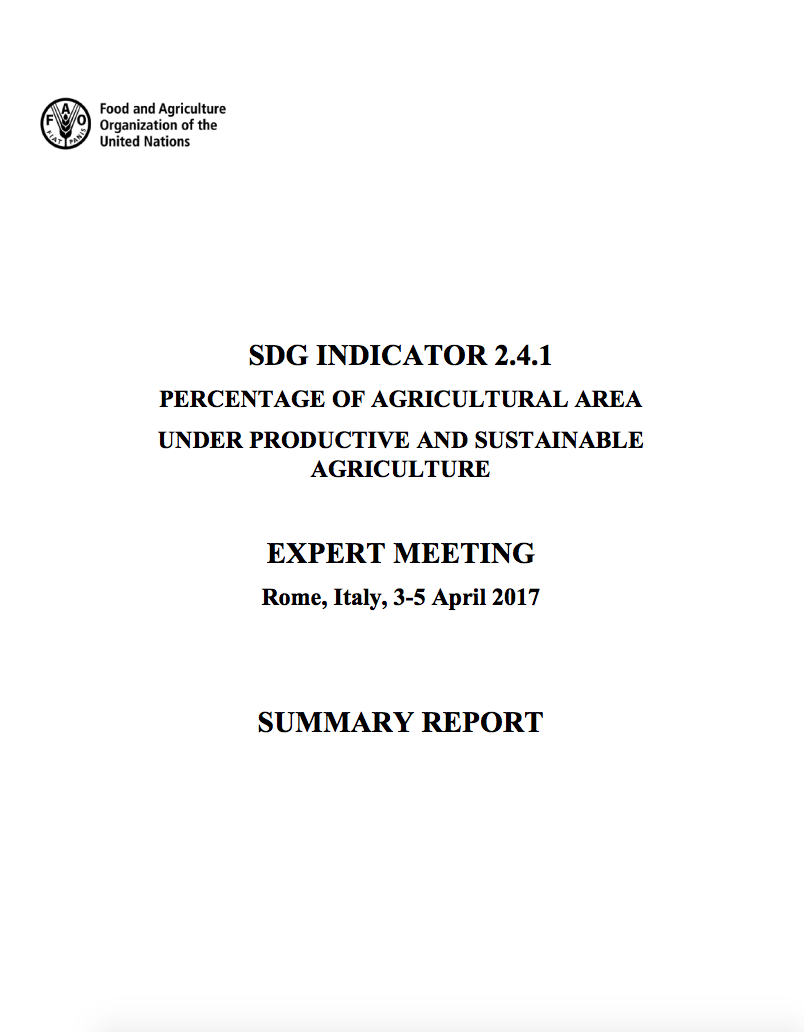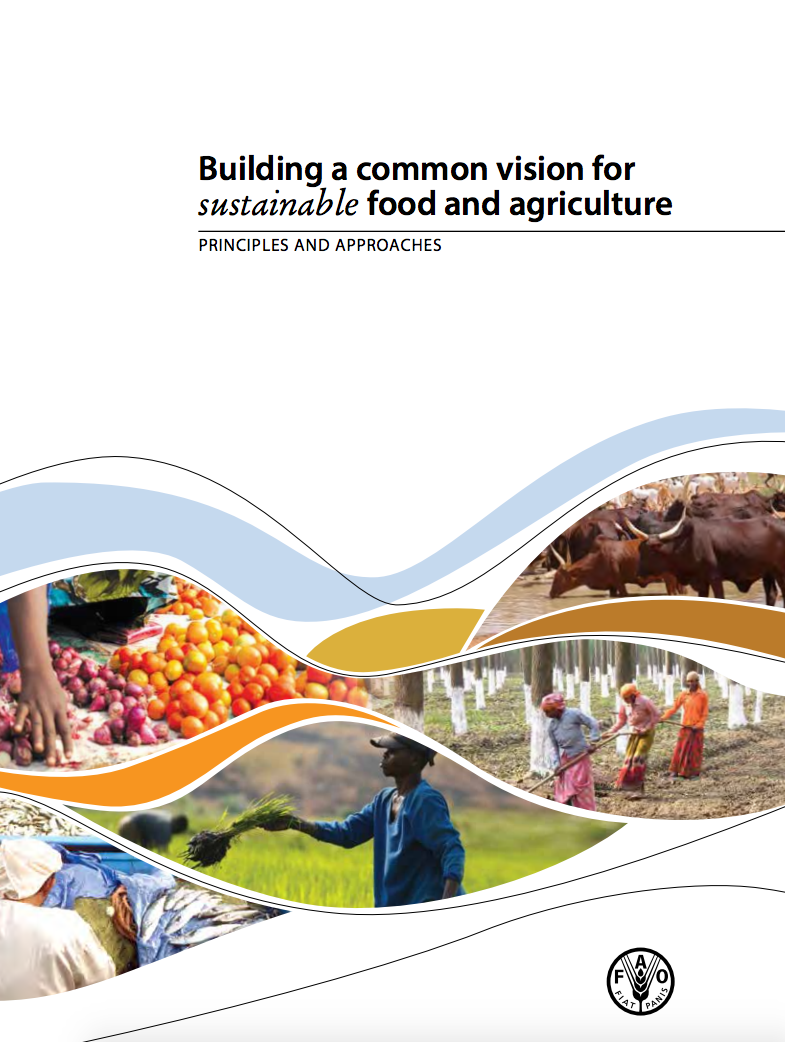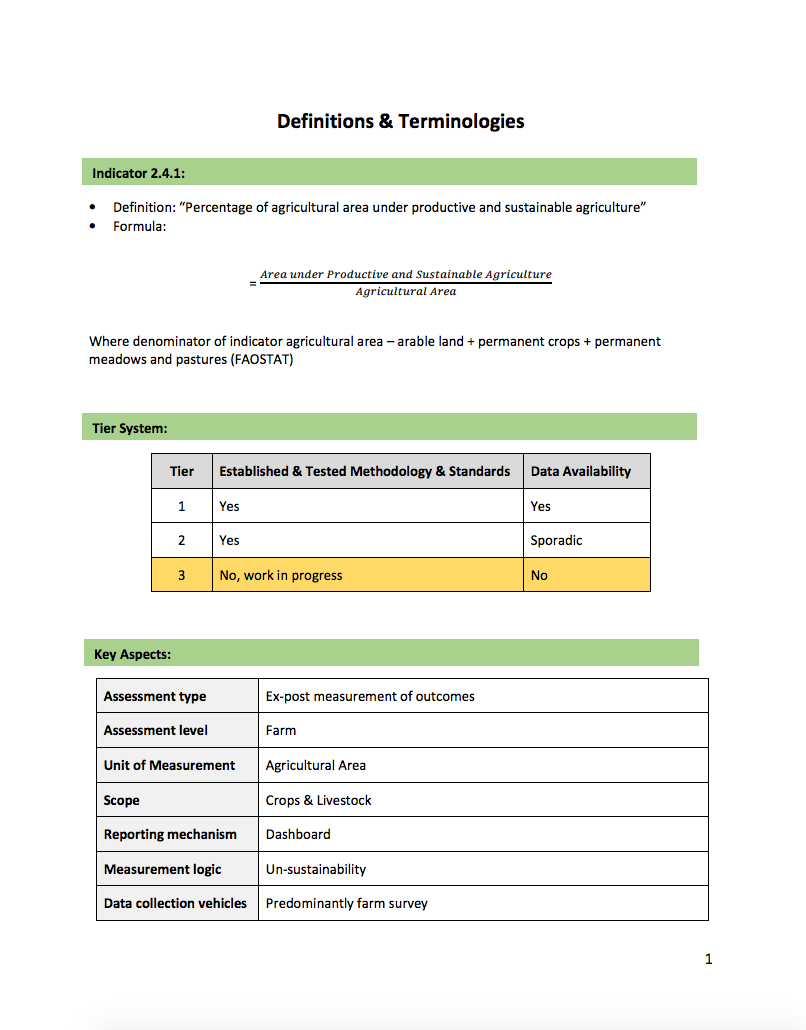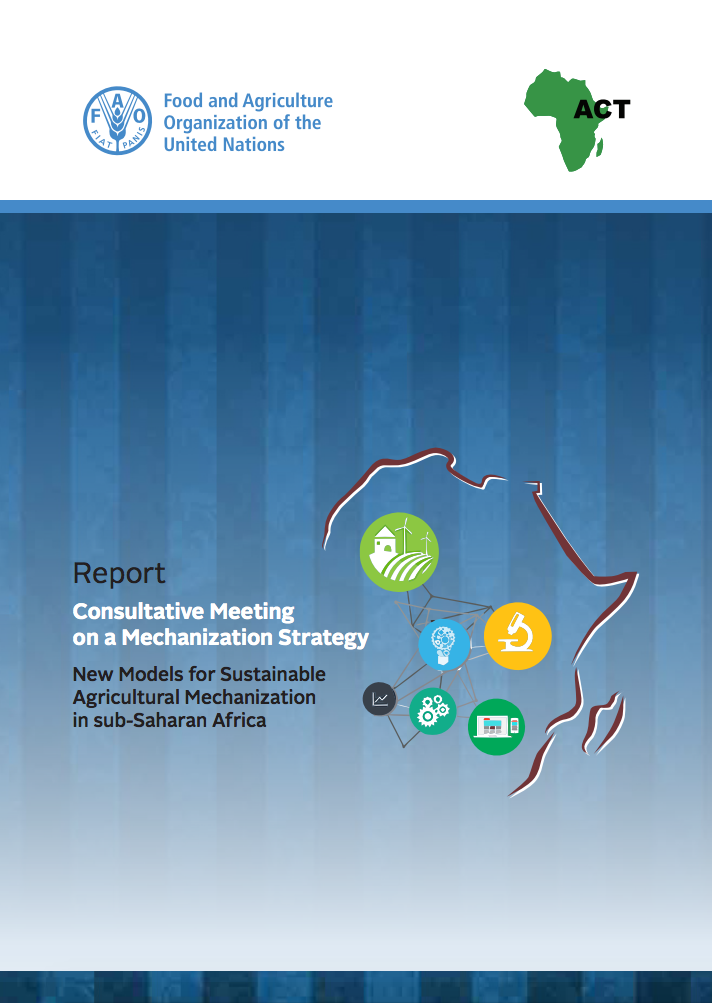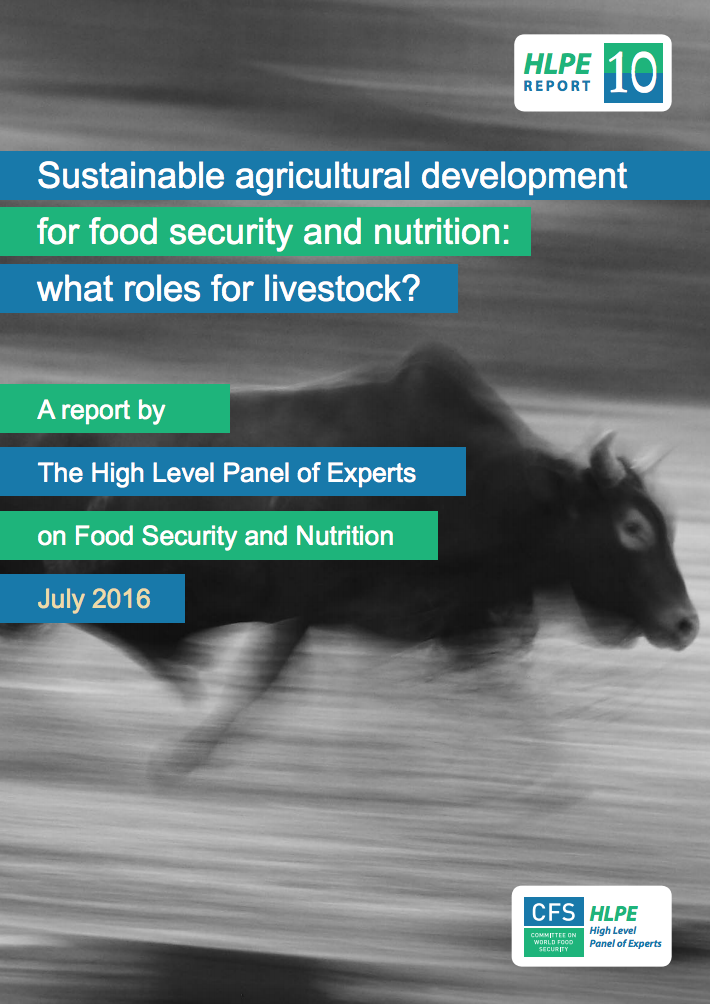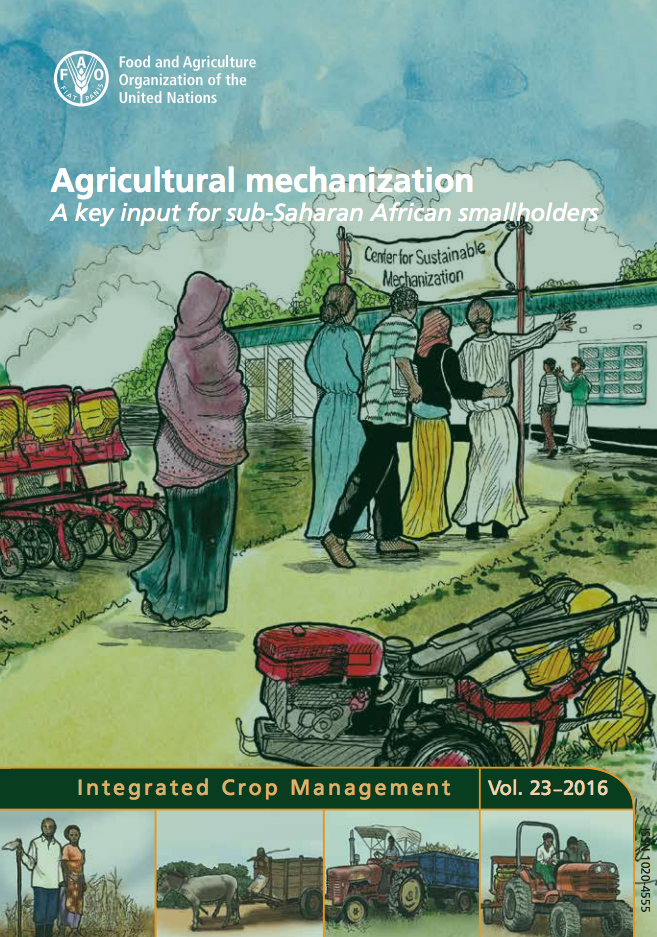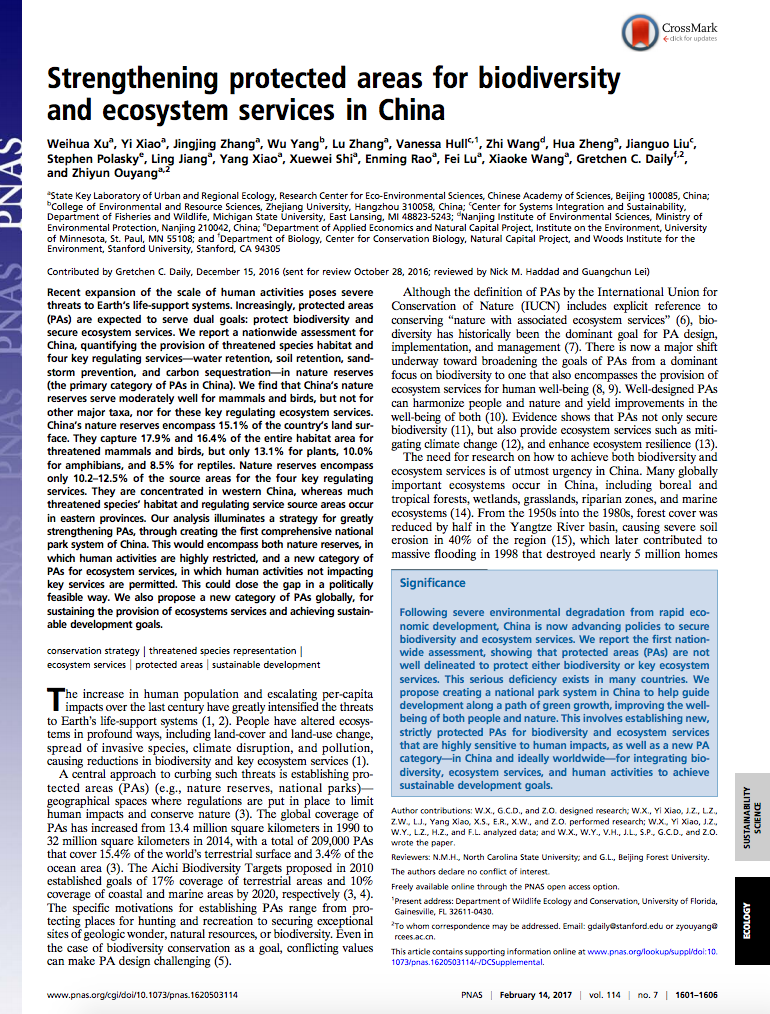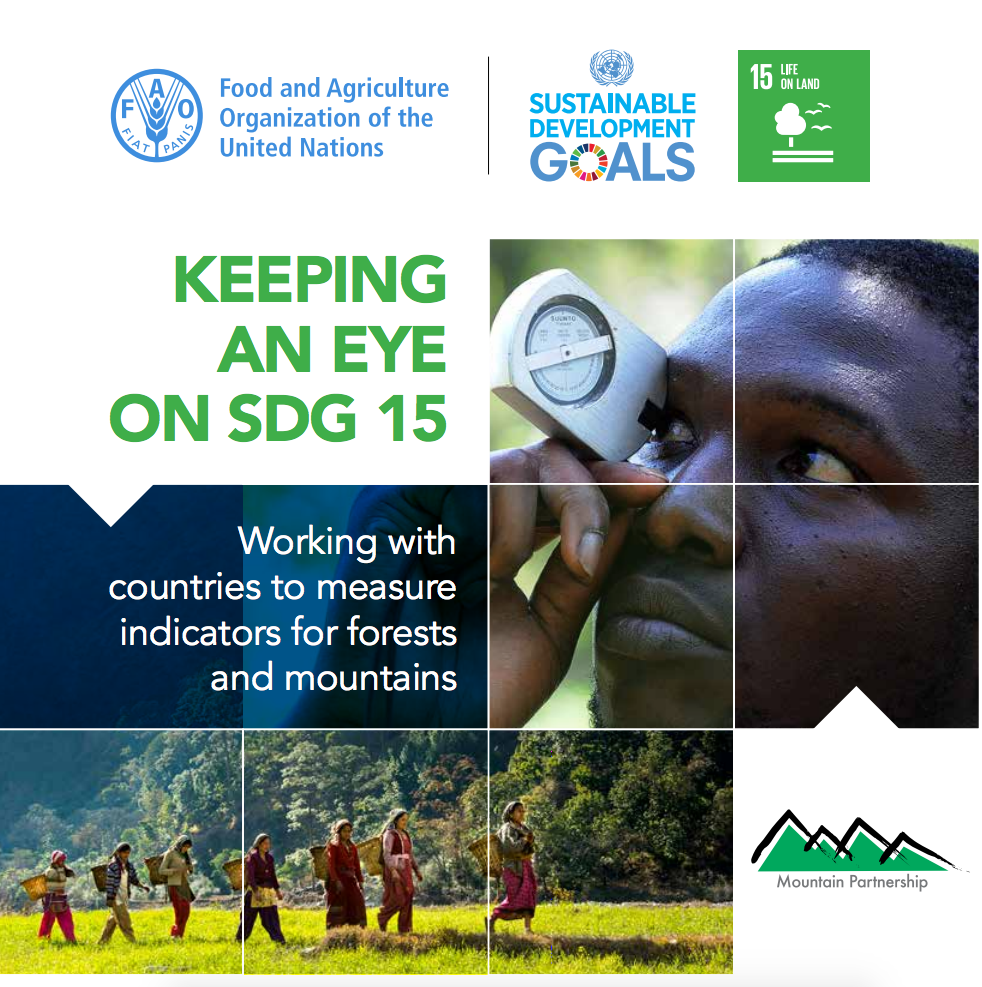Land Transitions in the Tropics: Going Beyond the Case Studies
Estimates of the percent of Earth's land surface that has either been transformed or degraded by human activity range between 39 and 50 percent, with agriculture accounting for the vast majority of these changes. Although much of the focus of research on land use and cover change in the tropics has been on deforestation, ongoing socioeconomic changes both locally and globally have made land transitions in the tropics extremely fluid. In addition, feedbacks between land cover change and human behavior constrain the extent and trajectories of land transitions.


